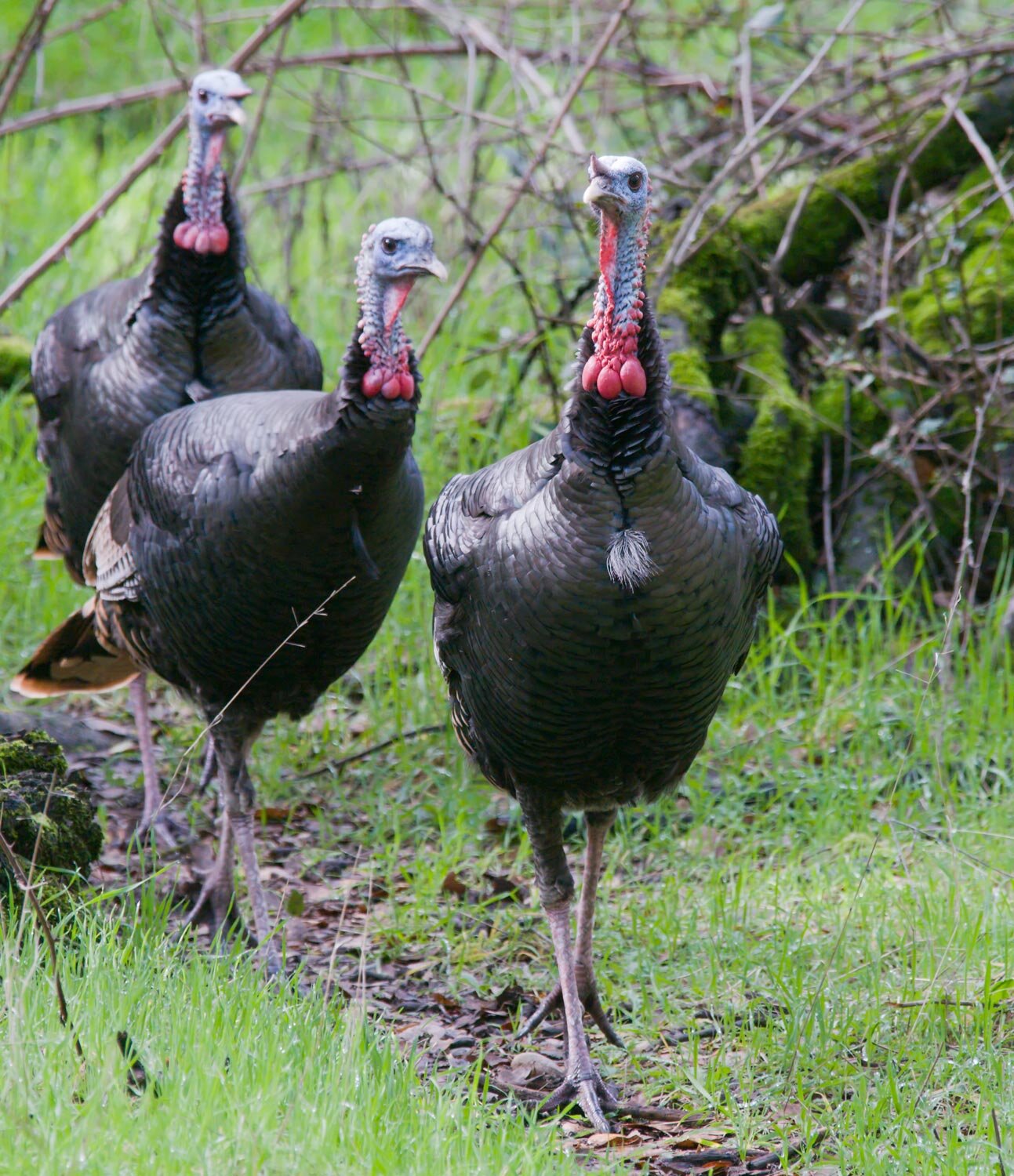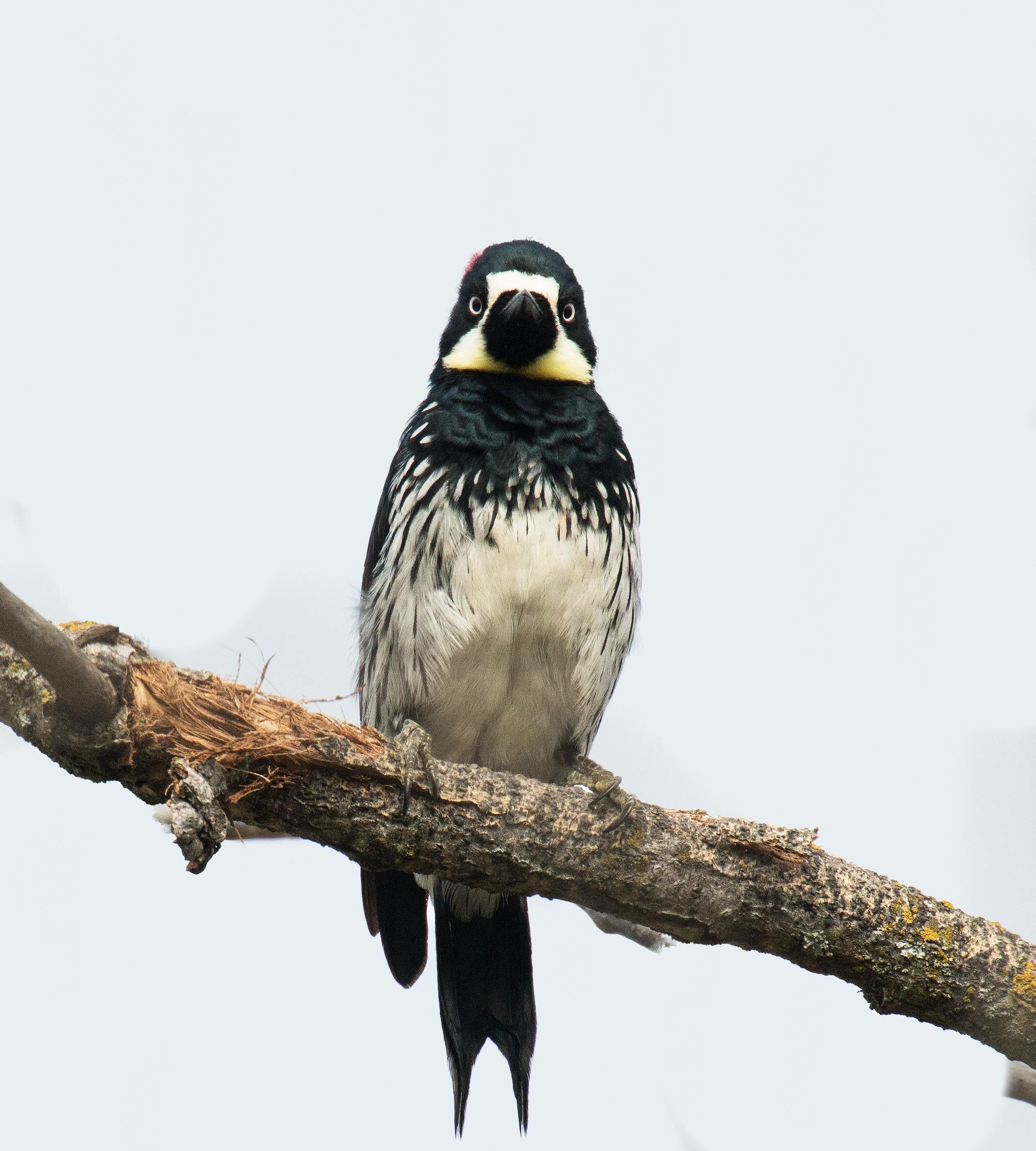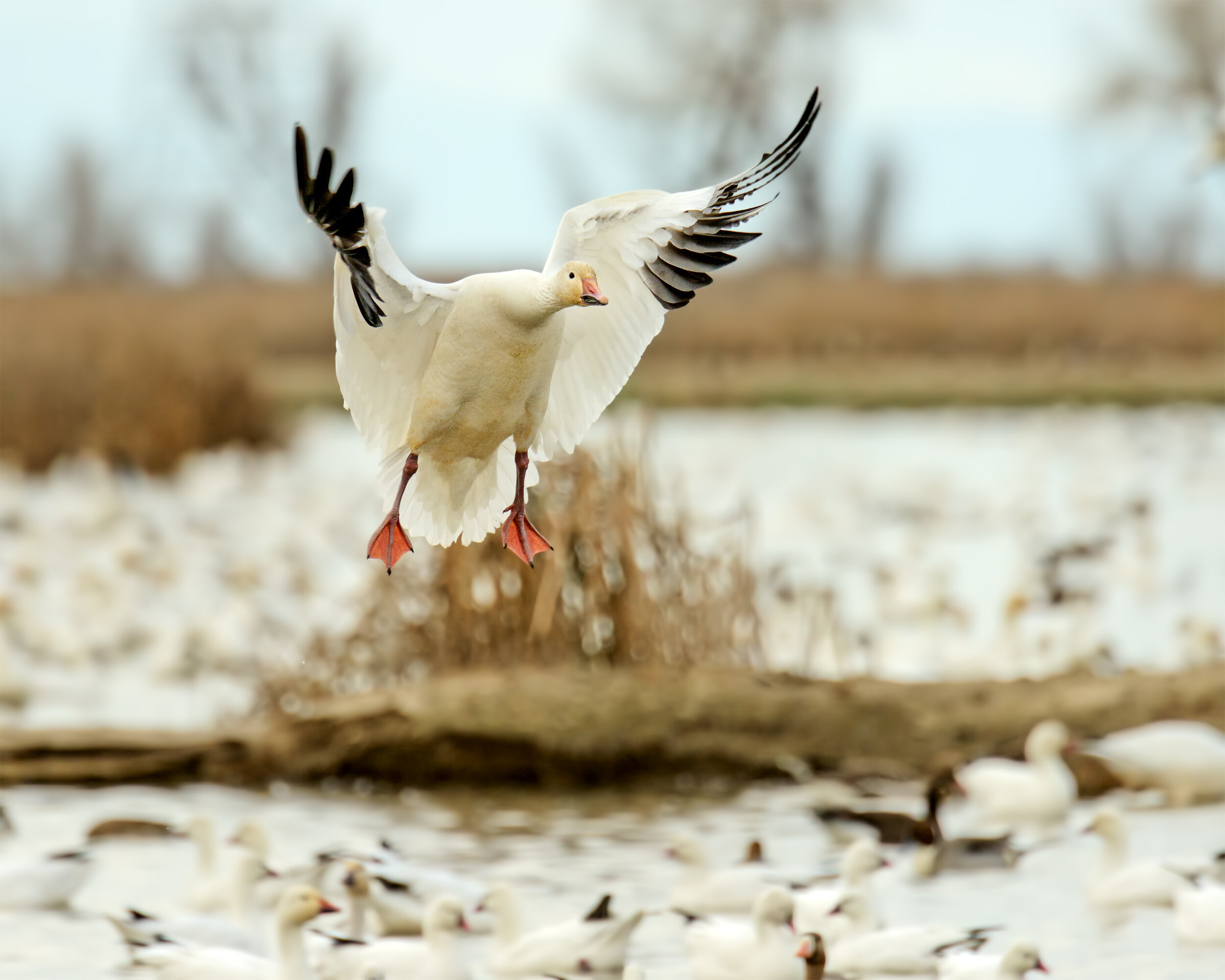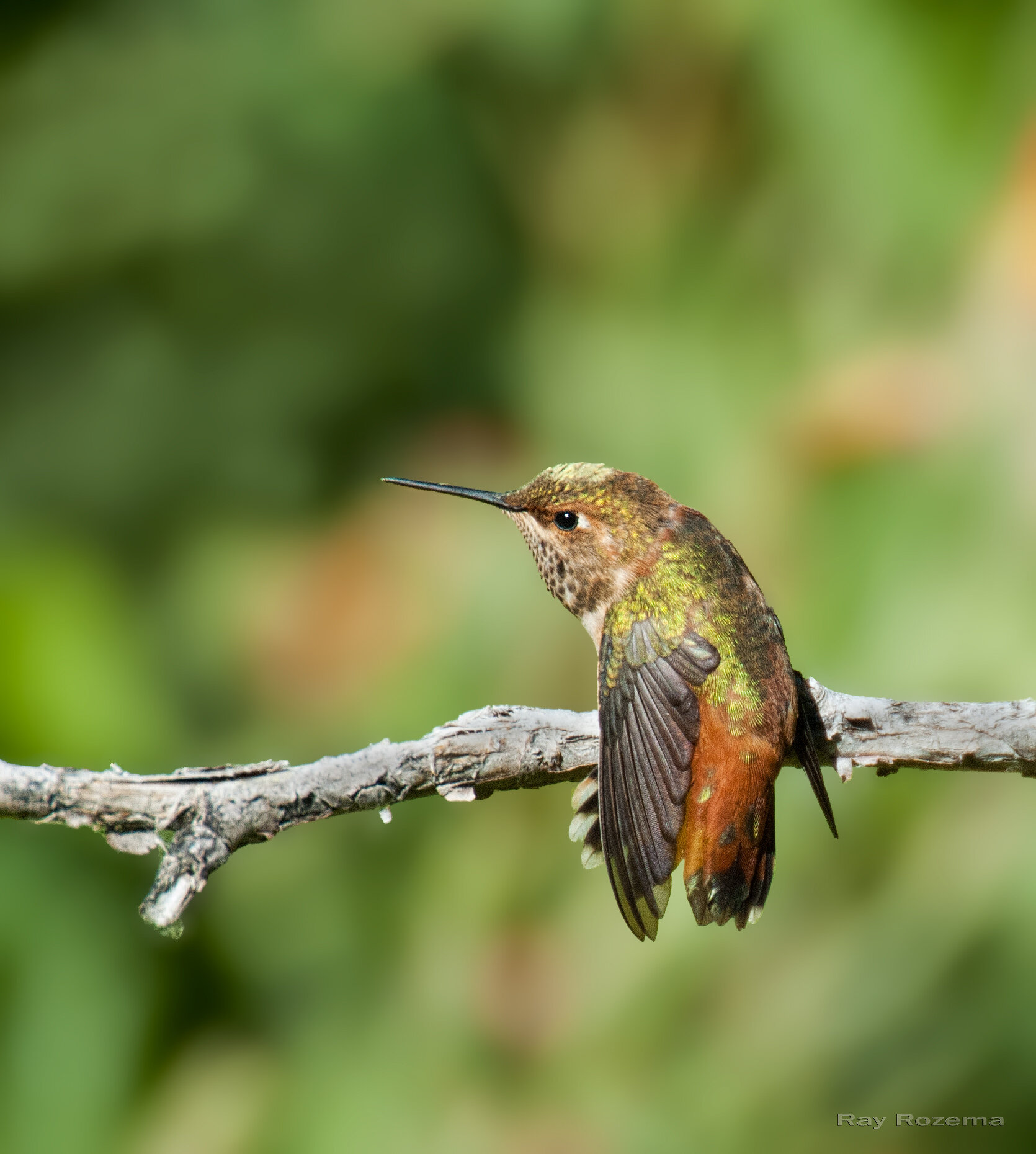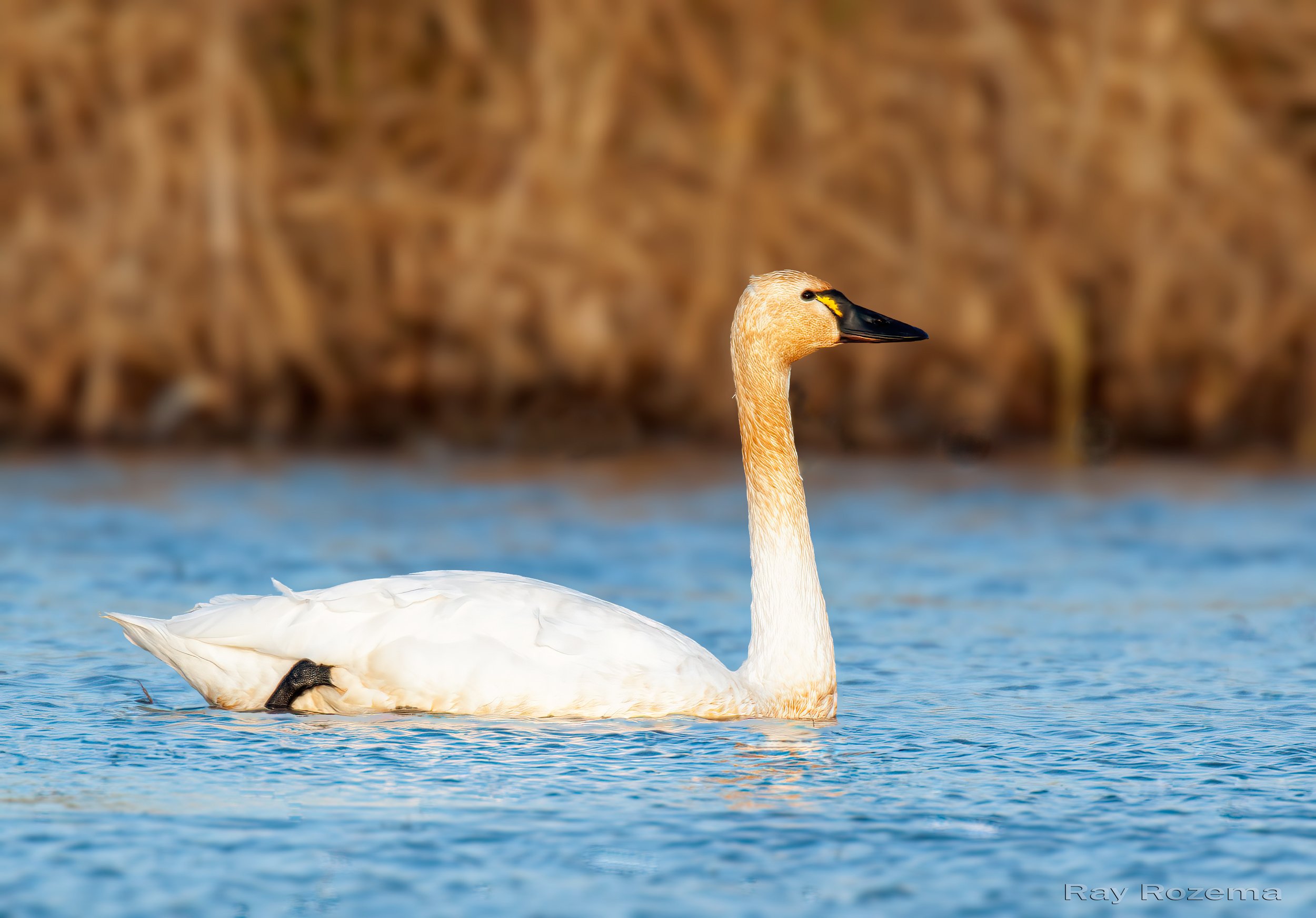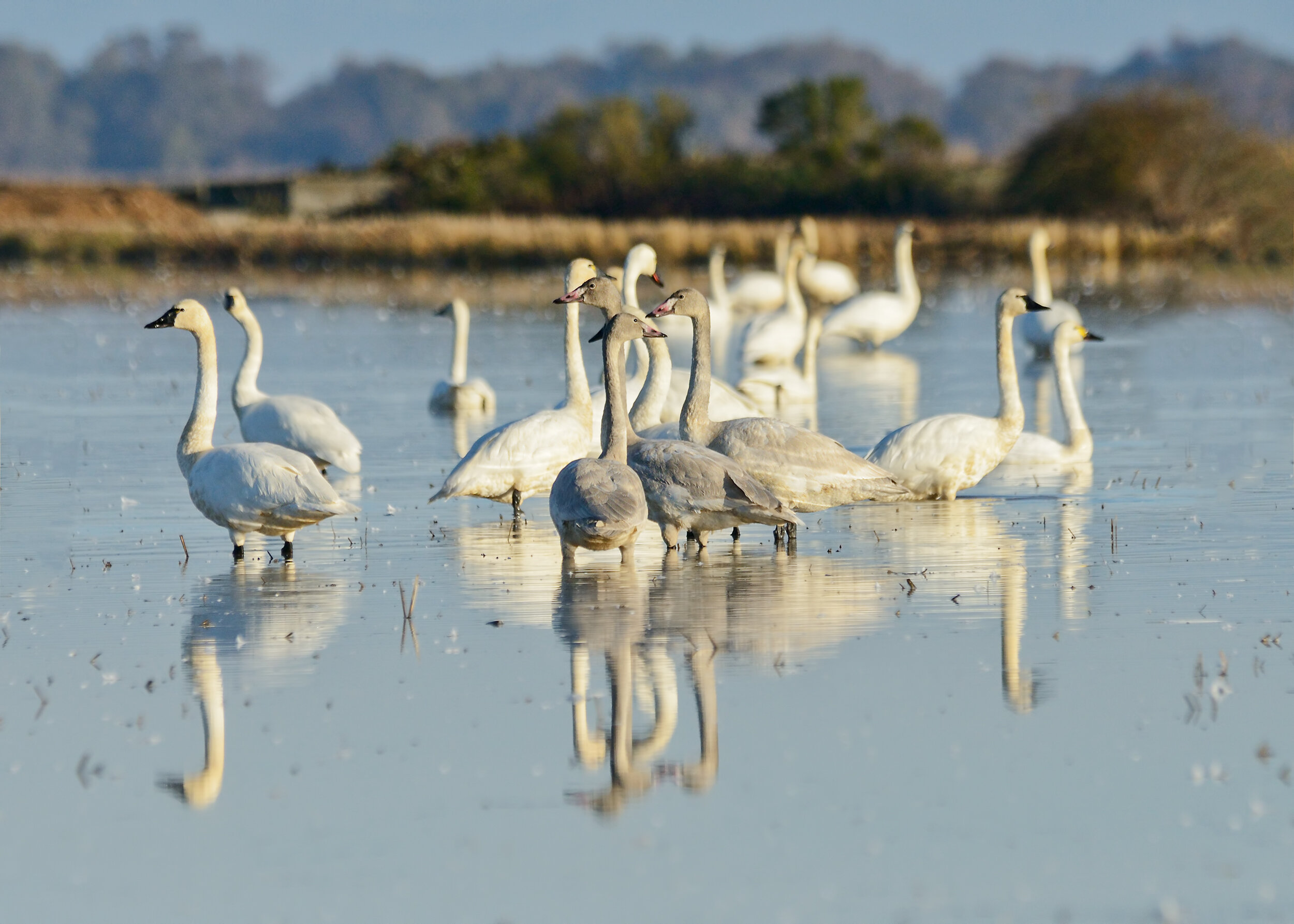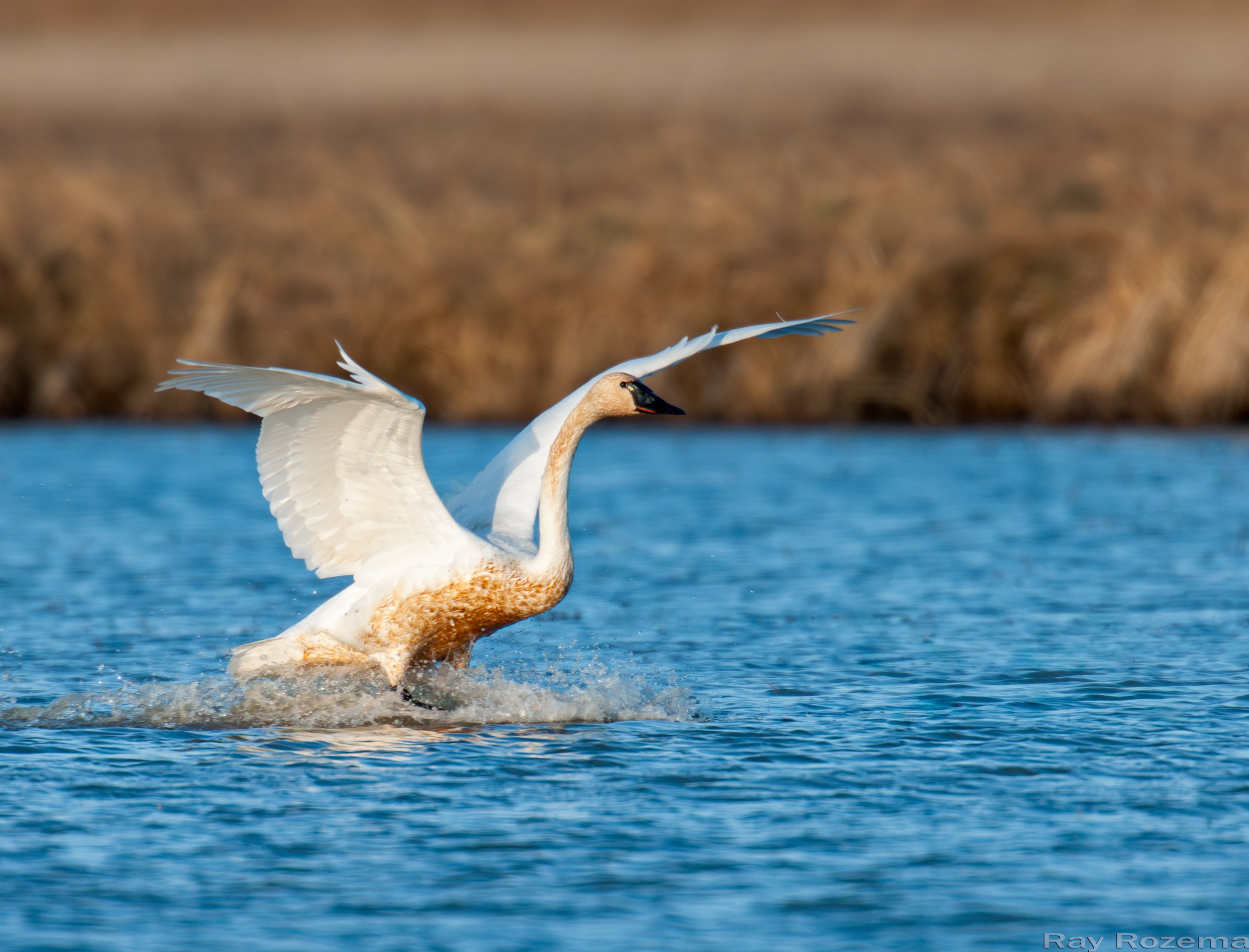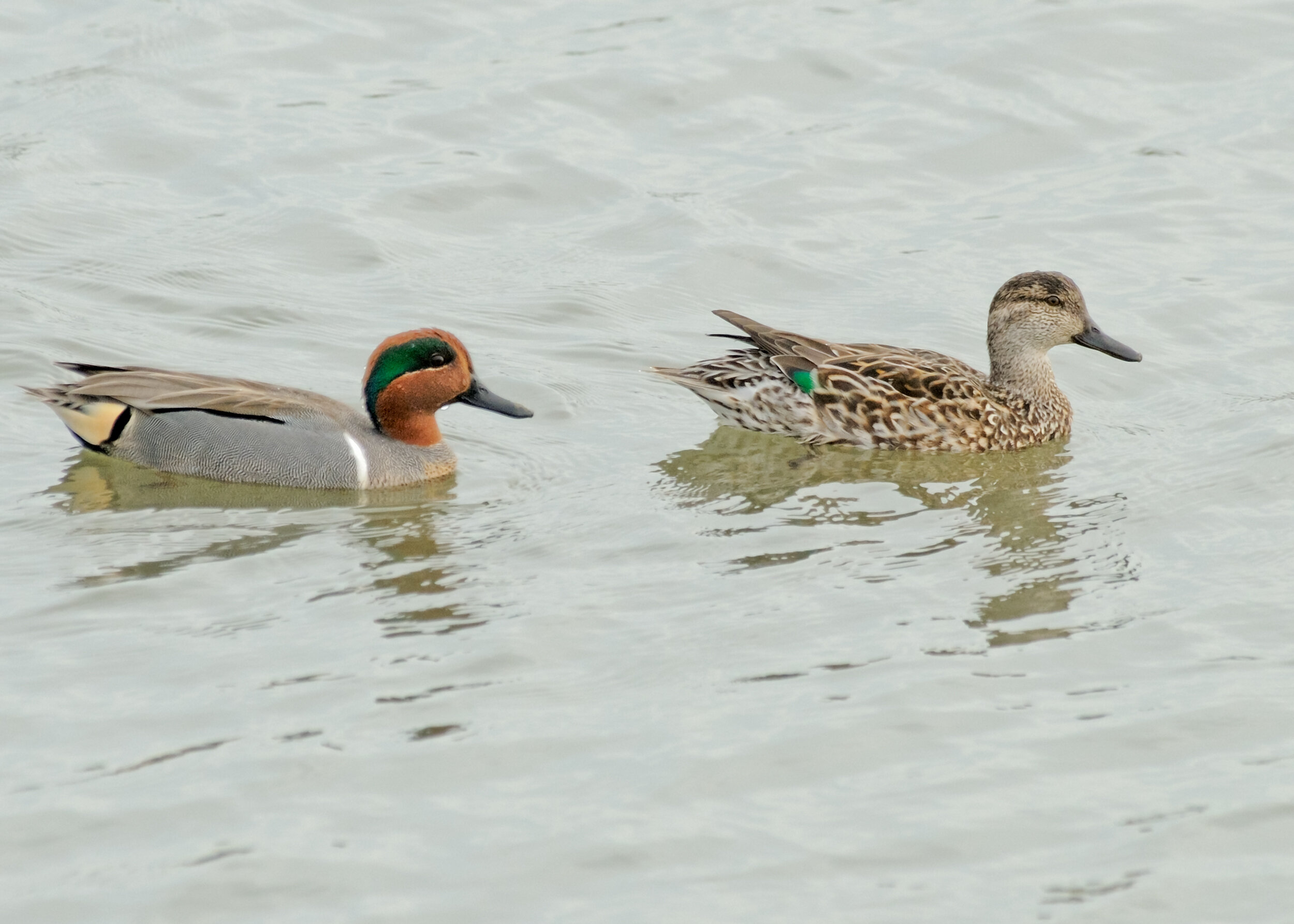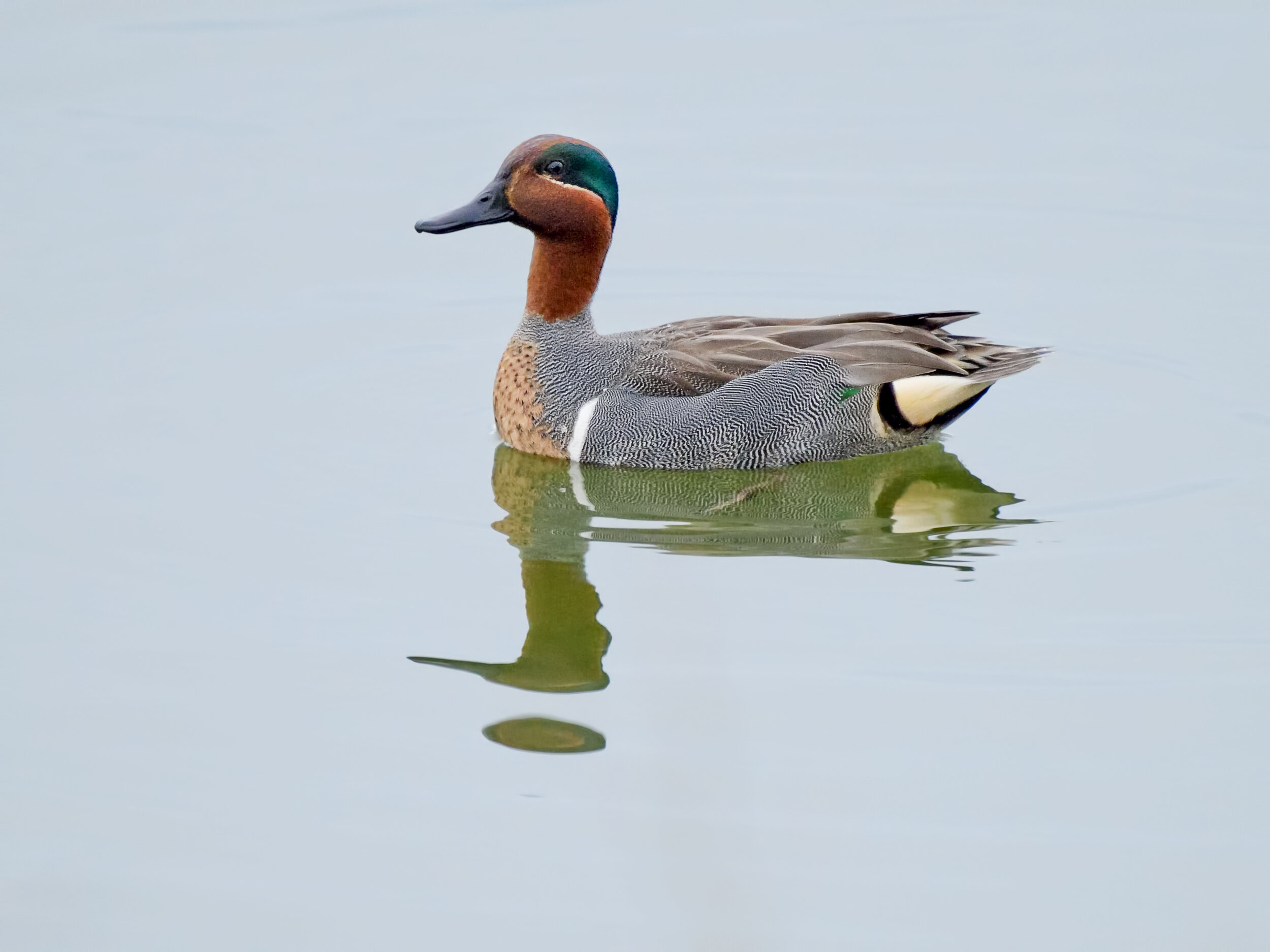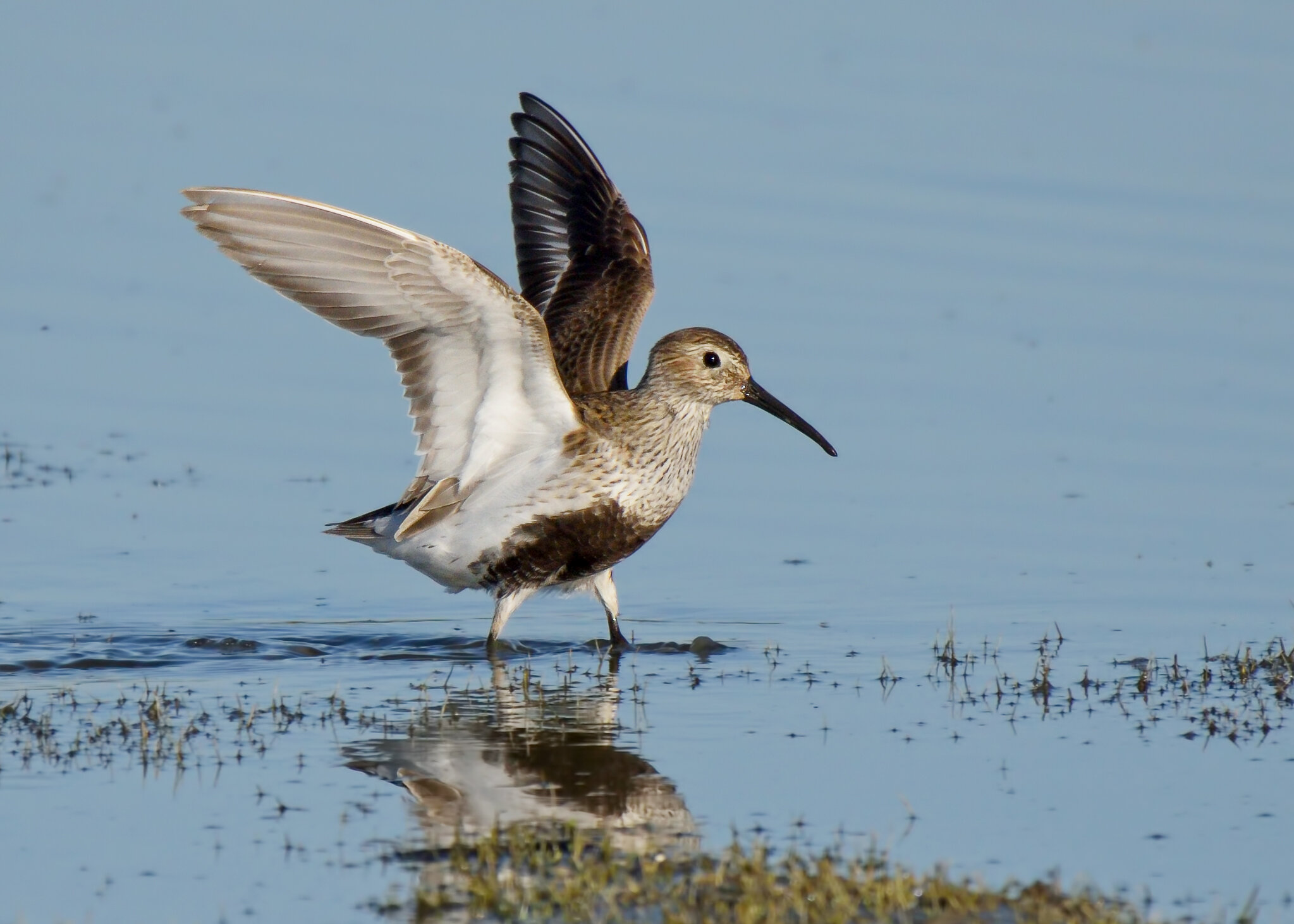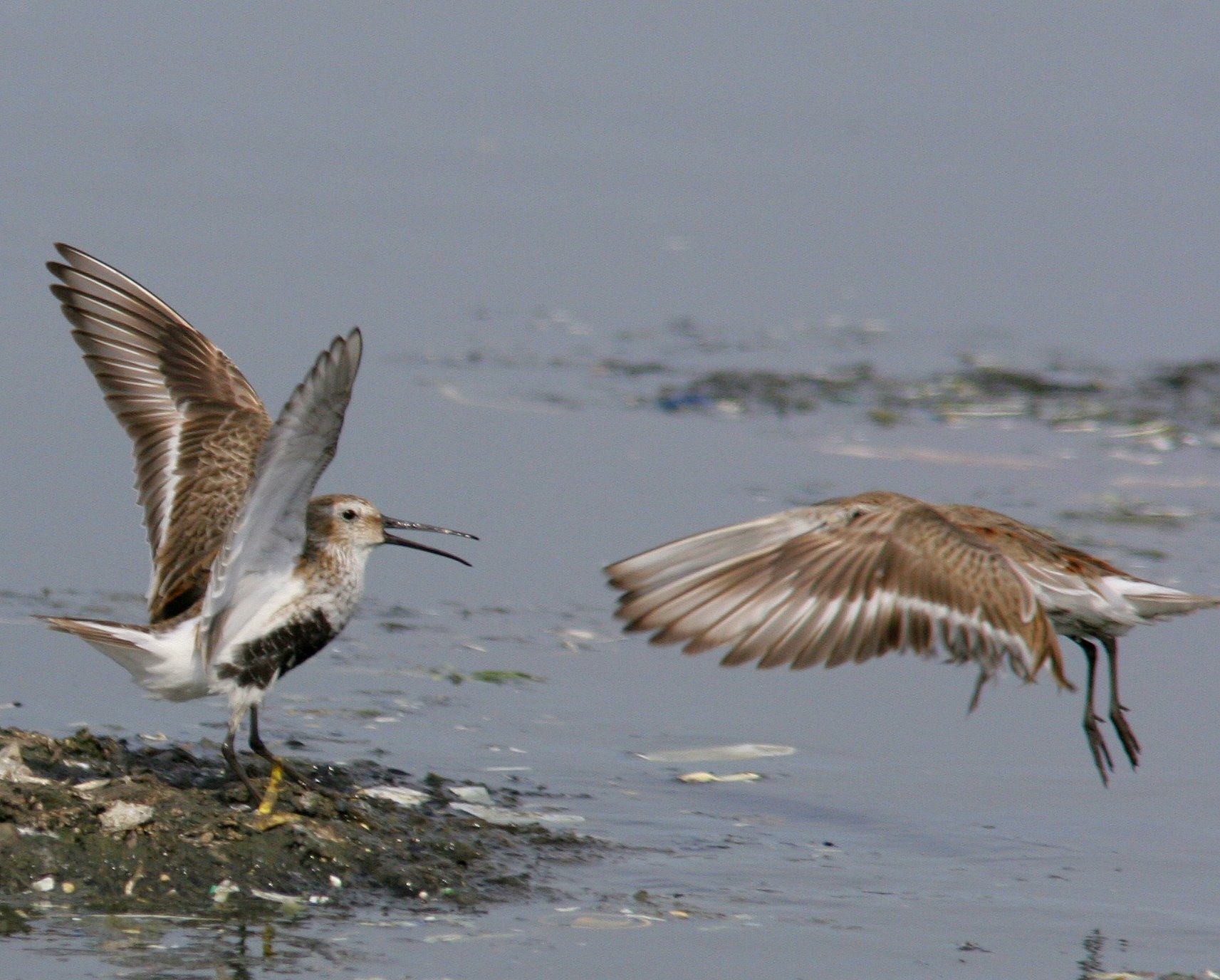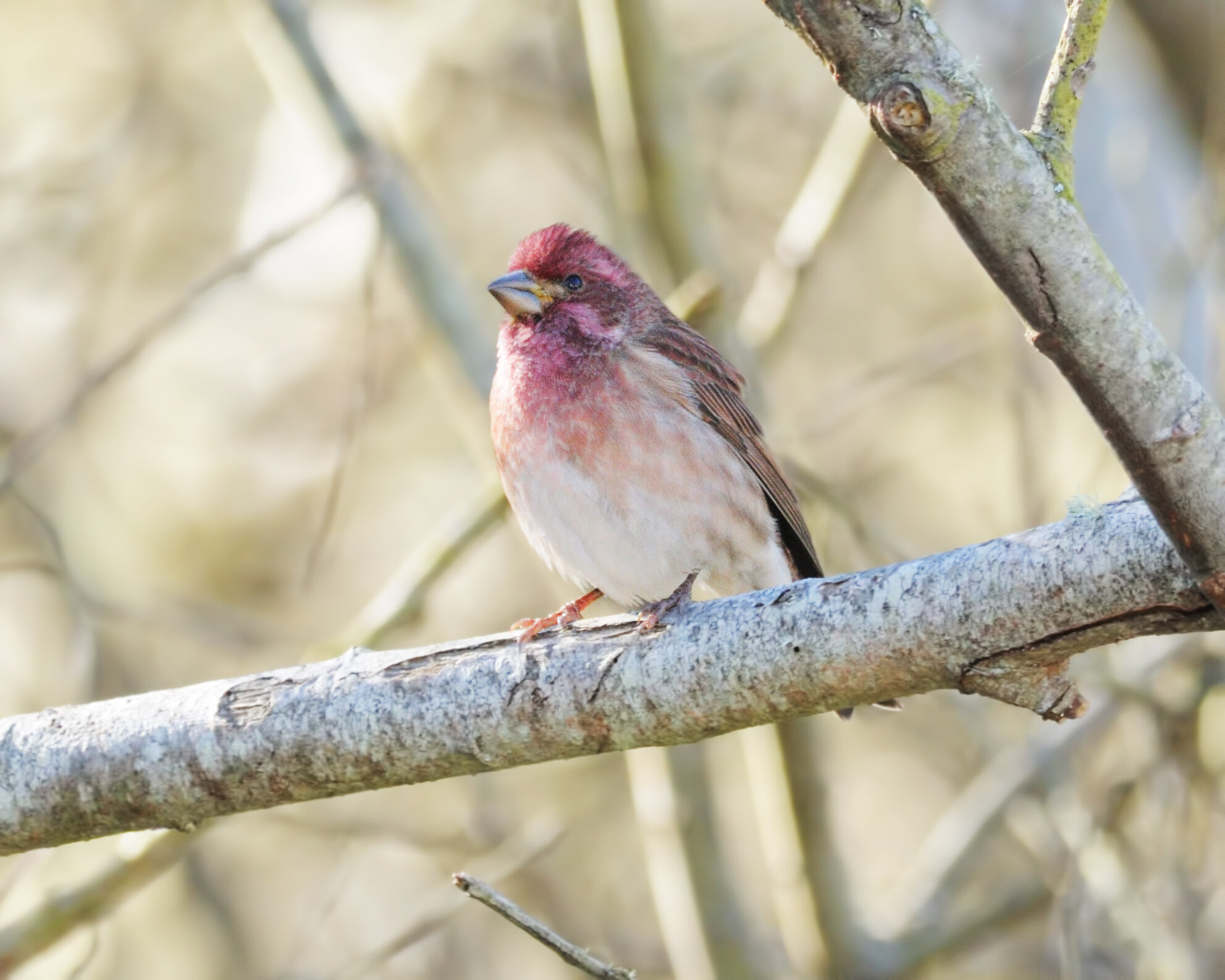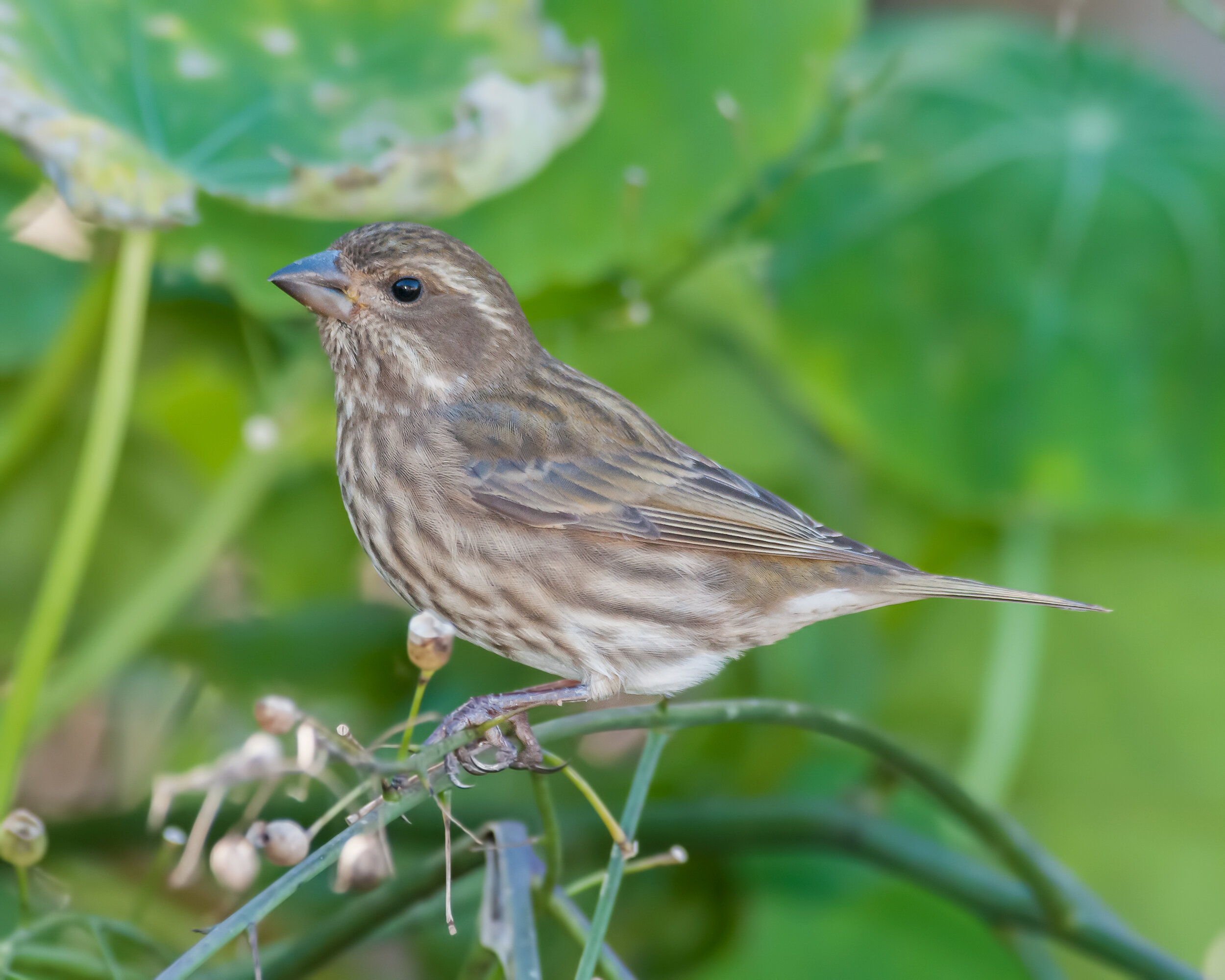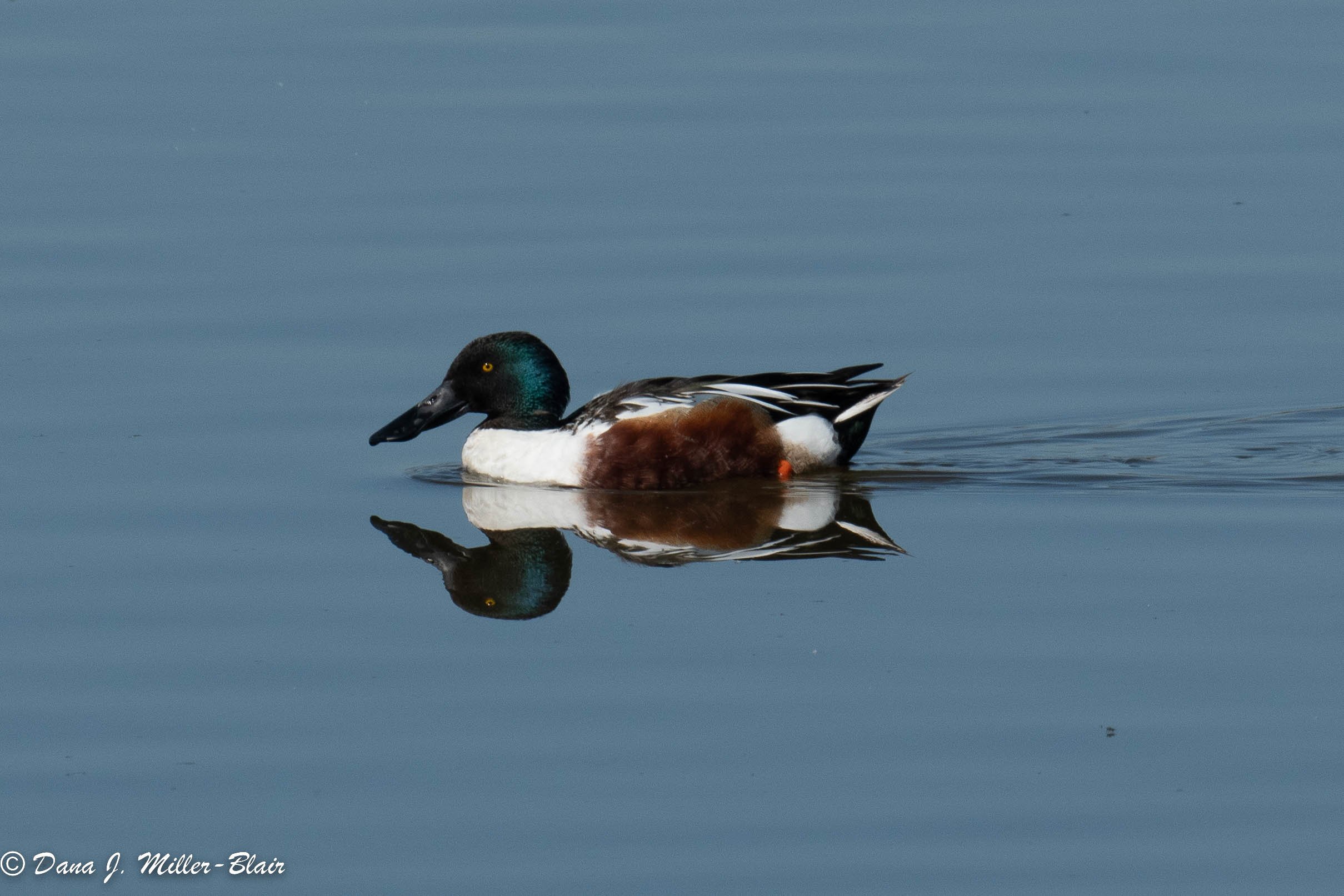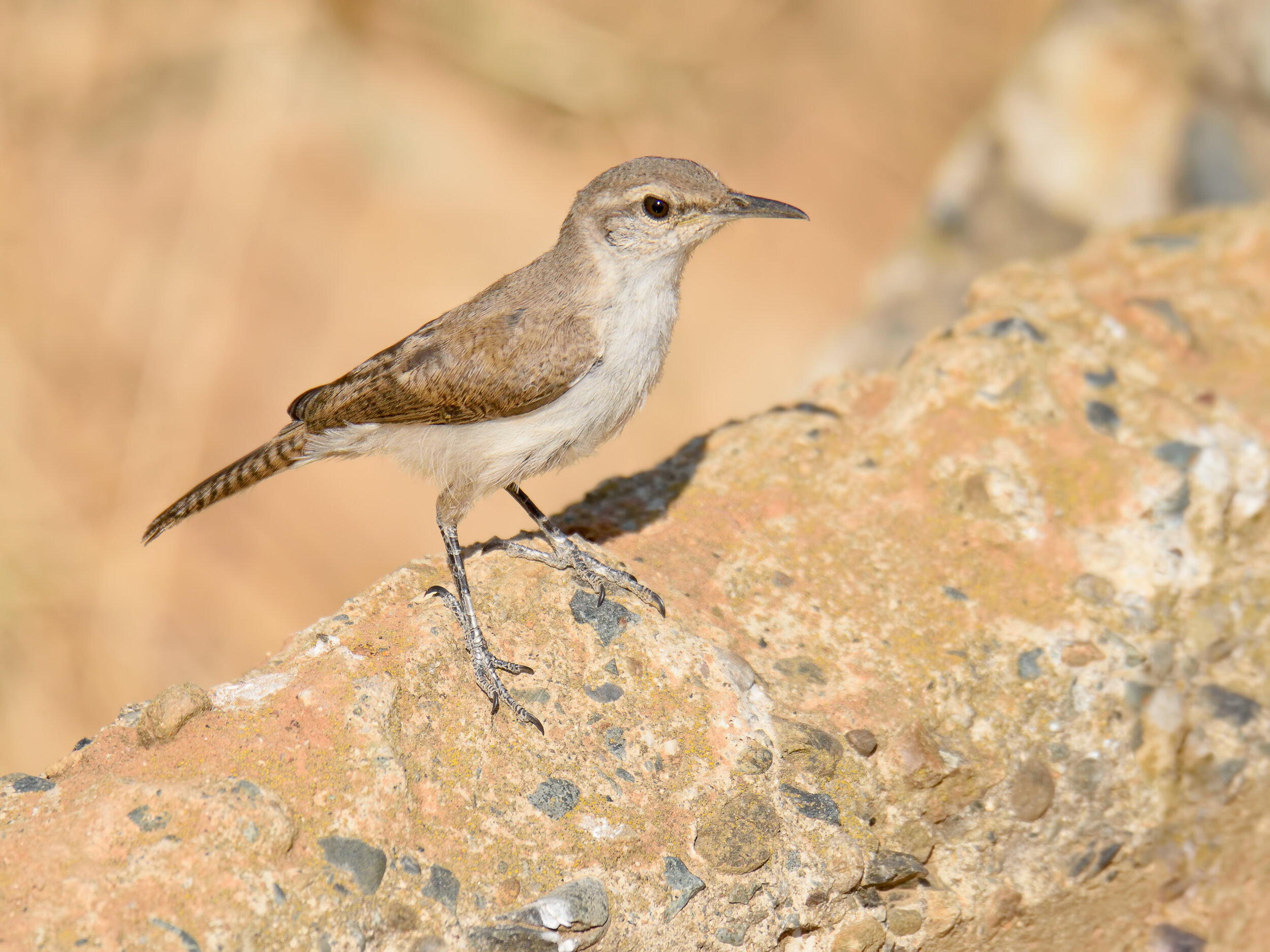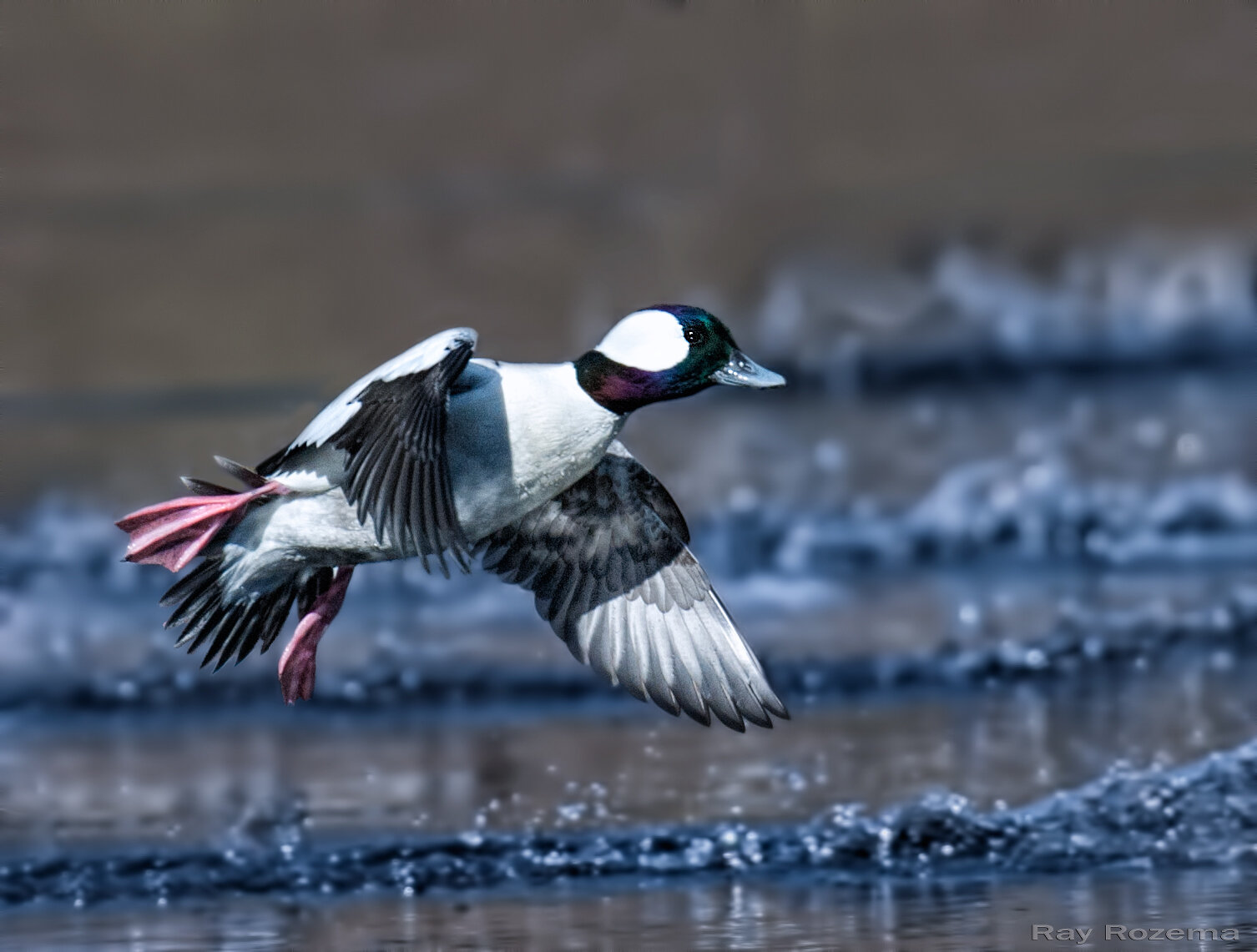California Biodiversity Day for Kids
From the California Department of Fish and Wildlife
September 7th is California Biodiversity Day, a time to inspire discovery and connection to the nature of California. There are over 180 virtual and in-person events happening between September 7th - 15th, 2024! Please visit their website to learn more and find a local event near you, such as guided nature walks, art and family-friendly games, cultural demonstrations, restoration efforts, bioblitzes, and more.
Connect kids to their local nature
Kids of all ages love learning about animals, plants and the nature around them that they can touch, smell, and see. Parents and educators have the power to foster the next generation of environmental stewards by bringing the wonders of the outdoors into their homes and schools and sparking curiosity and experiential learning.
Celebrate California’s biodiversity with your students
We have curated a list of resources to help make it easy for classroom teachers and parents to foster connectivity with nature in fun, simple ways. All of these activities are rooted in STEAM principles and don’t require purchasing of any supplies. These activities can easily be scaled to accommodate various learning abilities and grade levels. Check out our educator’s resource folder and keep reading below to find an activity:
Nature Journaling
Go outside with notebooks and pencils, find a comfy place to sit, and watch the magic happen! Setting aside a dedicated period of time to slow down and tune in with the natural world around you, even in urban areas, can have many lasting benefits to physical and mental health while fostering written communication and art skills. Use this Nature Journaling Guide to discover the nature around you with your students.
Check out this short video with tips on how to facilitate a nature journaling session at your school or local greenspace(Credit: John Muir Laws and Kate Rutter).
Nature Exploration Activity Guide
This Student Activity Guide contains printable activities to enjoy with kids and guide them through fun nature exploration lessons on the school yard. Credit: Ian Bernstein, California State Parks
Lead a nature scavenger hunt or formal bioblitz on your school yard
A bioblitz is a fun event where people are asked to document as many species that they can find in a certain period of time, in a certain location. Consider a schoolyard bioblitz event to encourage students to take a closer look at nature around their schools, neighborhoods, or nearby green spaces. Document your observations, tally your findings, and display them for all to see and wonder!
Observations can also be collected digitally using the free iNaturalist OR “Seek” by iNaturalist apps. Please read more to learn about when and how to use iNaturalist with students: Educators Guide to using iNaturalist.
Coloring books of marine life
These were designed by California State Park Interpreters to teach about wildlife and outdoor recreation in an exciting, interactive way for students! Download any of these free coloring books by the Marine Protected Area Collaborative Network. https://www.mpacollaborative.org/kids/
Continue discovering!
Discover native pollinators around your school and neighborhood! Find your region and download these colorful and fun handouts about the pollinators local to your area
Discover California’s Native Marine Wildlife! This website includes colorful scientific illustrations and fun facts about hundreds of ocean dwelling species! Use as inspiration for art lessons or as a digital database tool to empower students to discover and learn more about these fascinating marine species. (Credit: CA Dept Fish and Wildlife Marine Region)
Explore Nature in and around your home with this guide by the iNaturalist and California Academy of Sciences teams!
Take a virtual adventure through California with the State Parks Online Resources for Teachers and Students (PORTS) program. Check out the PORTScasts Calendar to tune into a virtual program during California Biodiversity Week (Sept 7 - 15).
Visit the California Environmental Literacy Initiative. Learn how you can continue to increase access to impactful environmental-based learning for all of California’s TK - 12 students.
Becomeacommunityscientist!Learnhowtocollectnatureobservations onto platforms like iNaturalist and eBird and contribute to our collective knowledge of nature for California Biodiversity Day.
With your help, this year's statewide events will continue to connect people of all ages to the nature of California.
Please visit our website to learn more!
Questions? Please contact: californiabiodiversityday@wildlife.ca.gov







